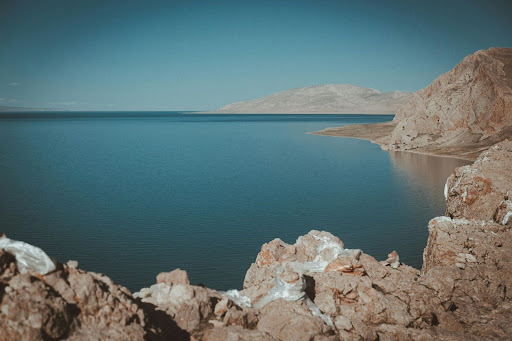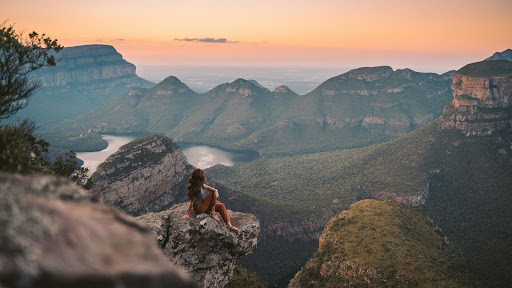In the age of digital photography, capturing stunning images has never been easier. However, achieving that perfect panoramic shot requires more than just a good camera; it often necessitates skillful editing. Panoramic image editing is an art form that allows photographers to transform ordinary images into breathtaking visuals. This guide aims to explore the nuances of panoramic image editing in the USA, highlighting its importance and how it can elevate your photography.
Exploring the Art of Panoramic Photography: A Journey Beyond the Frame
Before diving into the intricacies of panoramic image editing, it’s essential to grasp what panoramic photography entails. A panoramic image is characterized by its wide field of view, often capturing landscapes, cityscapes, or any scene that benefits from a broader perspective. This format provides a more immersive experience for viewers, allowing them to feel as if they are part of the scene. However, the process of stitching multiple images together to create a seamless panorama can be challenging.
Photographers typically start by taking several overlapping shots of a scene. Each photo captures a portion of the landscape, which is later combined using editing software. The key to successful panoramic photography lies not only in capturing the images but also in ensuring that they blend effortlessly during the editing process. This is where panoramic image editing plays a crucial role.
The Art of Seamless Editing
After capturing your images, the next step is to stitch them together into one cohesive piece. This process involves aligning the photos so that there are no visible seams or differences in lighting and color tones. Professional software tools allow for intricate adjustments to ensure that the final product appears as one continuous image rather than a series of disconnected shots.
A significant advantage of panoramic image editing is its ability to enhance detail and vibrancy. Photographers can adjust contrast, saturation, and sharpness to make the final image pop. Additionally, advanced techniques such as HDR (High Dynamic Range) can be employed to balance light and shadow within the panorama, resulting in a more dynamic representation of the scene.
Many photographers also utilize layers during their editing process. By using layers, they can make targeted adjustments without affecting the entire image. For instance, if one part of the panorama appears too dark, they can selectively brighten that area while keeping other parts intact. This level of control is essential for achieving professional-quality results.
Choosing the Right Tools
In today’s digital landscape, there are numerous software options available for panoramic image editing. Programs like Adobe Photoshop and Lightroom are popular among professionals due to their robust features and capabilities. These tools offer advanced stitching options and extensive editing functions that allow for precise control over every aspect of the image.
For those just starting with panoramic photography, user-friendly software like Hugin or Aurora HDR can be excellent alternatives. They provide straightforward interfaces and essential features that help beginners learn the basics without feeling overwhelmed.
Moreover, many online platforms offer professional photo editing services for those who may not have the time or expertise to edit their panoramas themselves. These services can take your raw images and turn them into stunning panoramas with minimal effort on your part.
Making Your Panoramas Stand Out
To truly make your panoramic images shine, consider incorporating creative elements during both shooting and editing phases. Experimenting with angles and perspectives can dramatically affect how your final product is perceived. During editing, think about adding creative filters or effects that enhance rather than distract from your main subject.
Lighting plays an essential role in creating captivating panoramas as well. The time of day you choose to shoot can significantly impact your image quality—golden hour often yields beautiful results with soft shadows and vibrant colors. In post-processing, adjusting exposure settings can help replicate those lighting conditions if you weren’t able to capture them perfectly in-camera.
Additionally, don’t hesitate to seek feedback from peers or professionals in photography communities. Constructive criticism can provide valuable insights into areas where you might improve your work.
Elevate Your Photography Experience
Engaging in panoramic image editing not only refines your skills as a photographer but also opens up new avenues for artistic expression. Whether you’re aiming to create stunning landscapes or dynamic city scenes, mastering this technique will undoubtedly enhance your portfolio.
By investing time in learning about effective editing techniques and utilizing professional tools, you’ll find yourself producing high-quality panoramas that resonate with viewers on multiple levels.
For those looking to take their photos from good to great without diving deep into software complexities themselves, seeking professional help can be an excellent option. Utilizing expert services ensures that your vision is realized while you focus on capturing more incredible moments behind the lens.
If you’re ready to transform your panoramic images into captivating works of art—consider reaching out for professional assistance today!






